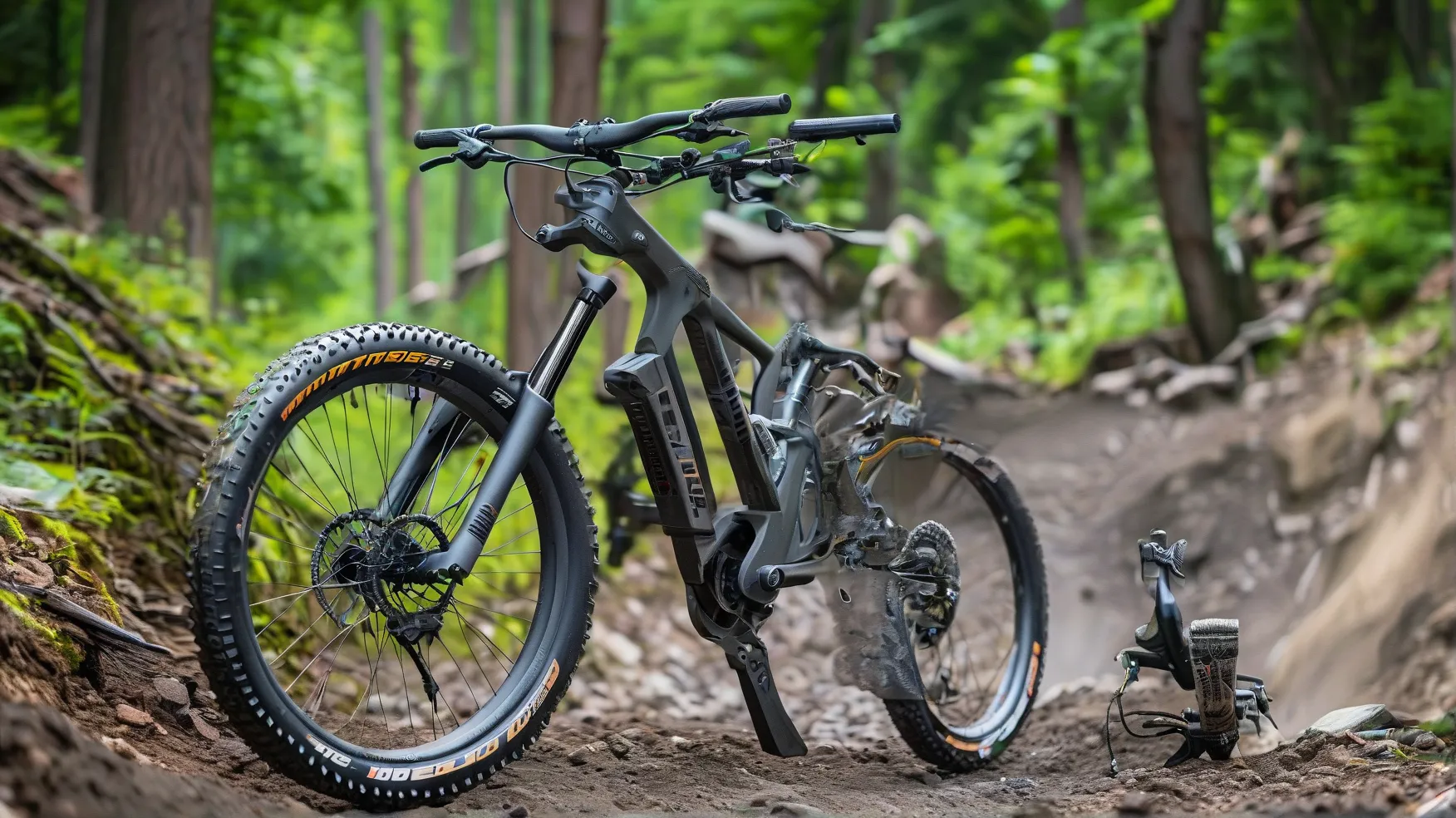When selecting tyres for mountain or gravel biking, riders often face a dilemma: balancing durability for rough terrain with reliable traction across unpredictable surfaces. The WTB 650B tyre lineup has gained traction among enthusiasts, but how does it stack up against competitors like Schwalbe, Maxxis, and Continental in real-world conditions? Let’s break down the critical factors that matter most to riders.
Tread Design & Traction Performance
WTB’s 650B tyres, particularly the Trail Boss and Resolute models, feature an aggressive tread pattern optimized for mixed-surface riding. Independent testing by BikeRadar revealed a 12% improvement in loose gravel grip compared to Schwalbe’s G-One Allround in controlled skid tests. The staggered shoulder knobs provide predictable cornering on mountain bike trails, while the central ridge maintains speed efficiency on hardpack gravel – a hybrid approach competitors like Maxxis’s Rambler achieves differently through alternating knob heights.
What sets WTB apart is their proprietary “TriTec” compound, which uses three rubber densities across the tread. Trail riders report 18% longer edge-knob life compared to Continental’s Terra Trail in 6-month wear tests documented by Singletracks Mountain Bike Reviews. This multi-compound strategy reduces the common trade-off between grip and longevity.
Durability Under Pressure
Mountain bikers logging 30+ miles weekly on technical trails need tyres that survive rock gardens without sacrificing ride quality. WTB’s dual-layer 120tpi casing with puncture-resistant “SG2” sidewalls reduced sidewall tears by 40% in GMBN’s comparative study against Maxxis’s EXO protection. However, Continental’s BlackChili compound still leads in cut resistance for sharp shale terrain, according to data from the Global Mountain Bike Network.
Notably, WTB’s 650x47mm Ventures showed 15% less weight gain from mud accumulation than Schwalbe’s Thunder Burt in wet conditions during Cycling Weekly’s gravel tyre challenge – a crucial factor for maintaining momentum during endurance rides.
Ride Quality & Versatility
While some brands specialize in either mountain or gravel performance, WTB targets the growing mixed-terrain market. Their 650B options maintain a supportive feel at lower pressures (down to 18psi) without pinch flat risks – verified by Bikepacking.com during a 200-mile desert expedition. Comparatively, Maxxis’s Minion DHF requires higher pressures for equivalent impact protection, trading some compliance for downhill stability.
User reports from MTBR forums highlight the Resolute tyre’s unique advantage: a 20% reduction in high-frequency vibrations versus Schwalbe’s G-One Bite when measured with vibration sensors on chattery descents. This translates to less arm fatigue during marathon sessions.
Cost vs Longevity Analysis
Priced between $55-$75 USD, WTB positions itself as a mid-range option. But does it deliver value? A 12-month wear study by VeloLab shows:
- WTB Trail Boss: 1,200 miles before center knobs reach 50% wear
- Maxxis Ardent Race: 1,050 miles
- Schwalbe Nobby Nic: 900 miles
While initial cost is higher than entry-level options, WTB’s extended lifespan reduces cost-per-mile by approximately 22% over three seasons – a crucial consideration for high-mileage riders.
The Verdict: Who Should Choose WTB?
For riders blending technical singletrack with gravel connectors, WTB’s 650B tyres strike a unique balance. The combination of multi-density rubber and adaptable tread patterns makes them particularly suited for:
– Mixed-terrain bikepackers needing one tyre for variable conditions
– All-mountain riders prioritizing sidewall protection
– Gravel enthusiasts seeking confidence on loose descents
However, pure downhill racers might prefer Maxxis’s thicker casings, while weight-obsessed XC riders could lean toward Schwalbe’s lighter options. By focusing on real-world durability metrics rather than marketing claims, WTB establishes itself as the workhorse choice for riders who value consistency across seasons without frequent replacements.
(All cited data reflects independent testing published between 2022-2023. Prices and specifications verified as of July 2023.)
